1. Introduction
Dwelling entails the "art of capturing atmospheres which are emotions and designing them such that the person can attune to them in harmony with his corporeal mood. [...] Dwelling is the cultivation of emotions in an enclosed space. The shaping of emotions in an enclosed space takes place through movement suggestions and synesthetic characteristics. These are bridge qualities which can be sensed on one's own felt body and perceived in figures."
- Hermann Schmitz 2016:9
Fascinated by the body and technology, I realised that these don’t exist in isolation. The body is always a situated body and, as such, located somewhere. Working in the ancient Waag in Amsterdam, where the textile lab is situated, I knew I needed to do something with this building that has been there since around the fifteenth century. As the building was originally part of Amsterdam’s city wall, maps from both the fifteenth and seventeenth century, show how greatly the city expanded during the time. Whereas the city was surrounded by a swamp during the fifteenth century, by the seventeenth century the typical canals were dug and the canal houses that everybody that has visited Amsterdam will remember were built.
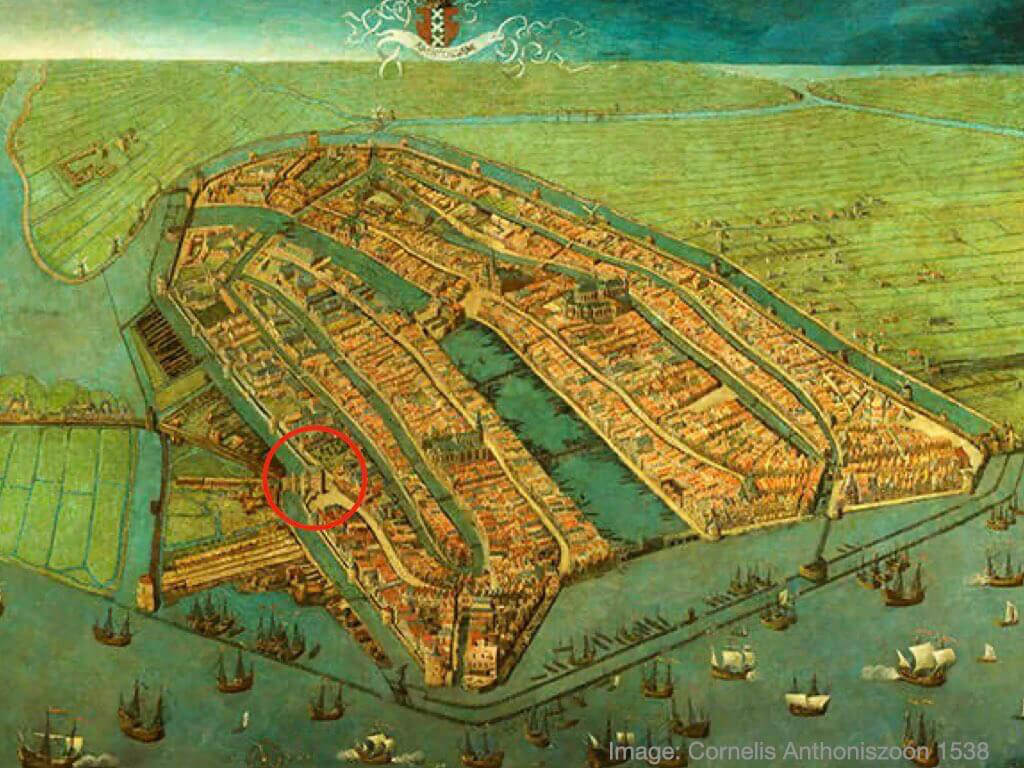
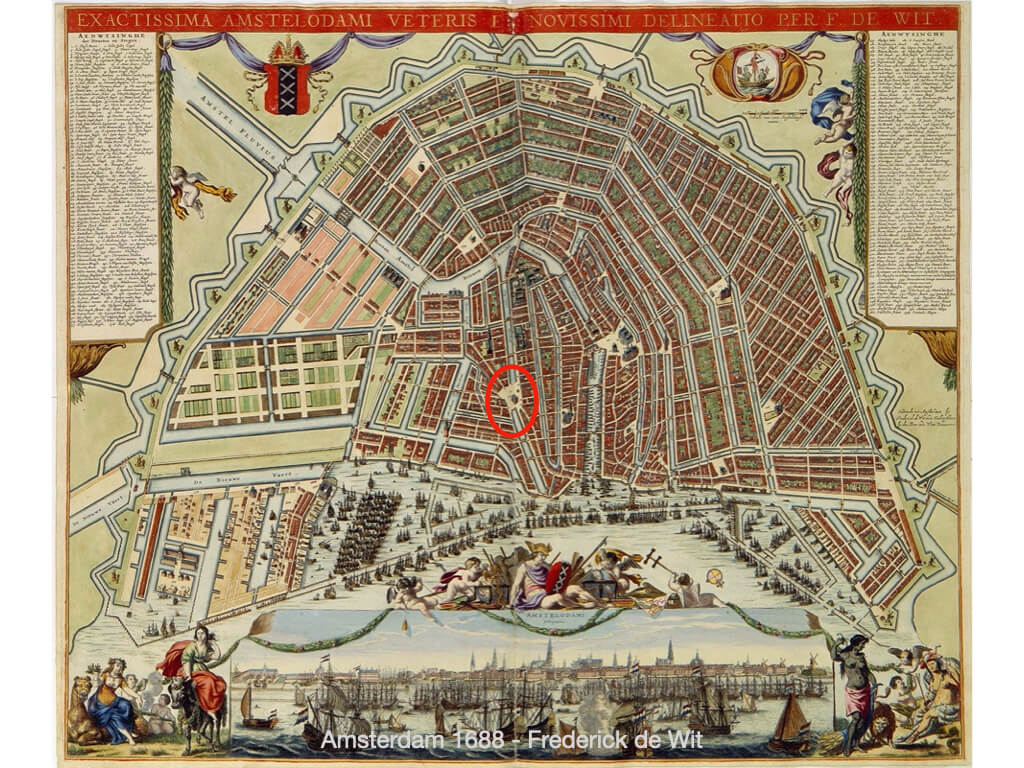
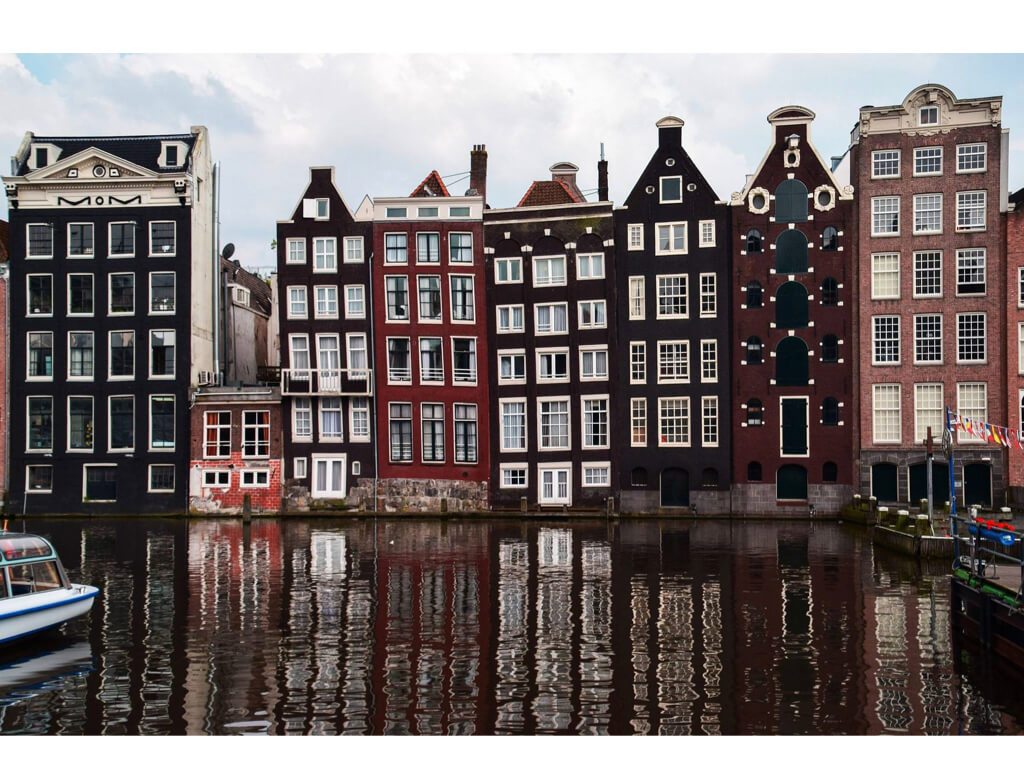
Famous for mastering the oceans, Dutch sailors were amongst the earliest to travel to the East bringing back spices, silk and indigo, for example. We see these colours and materials reflected in the famous paintings by Dutch painters, such as Rembrandt van Rijn (1606- 1669), Frans Hals (1583-1666) and Johannes Vermeer (1632-1675). Yet not just the city of Amsterdam grew during the seventeenth century. Thanks to world-wide trade, art, science, fashion and culture all blossomed and there was great wealth at the time.
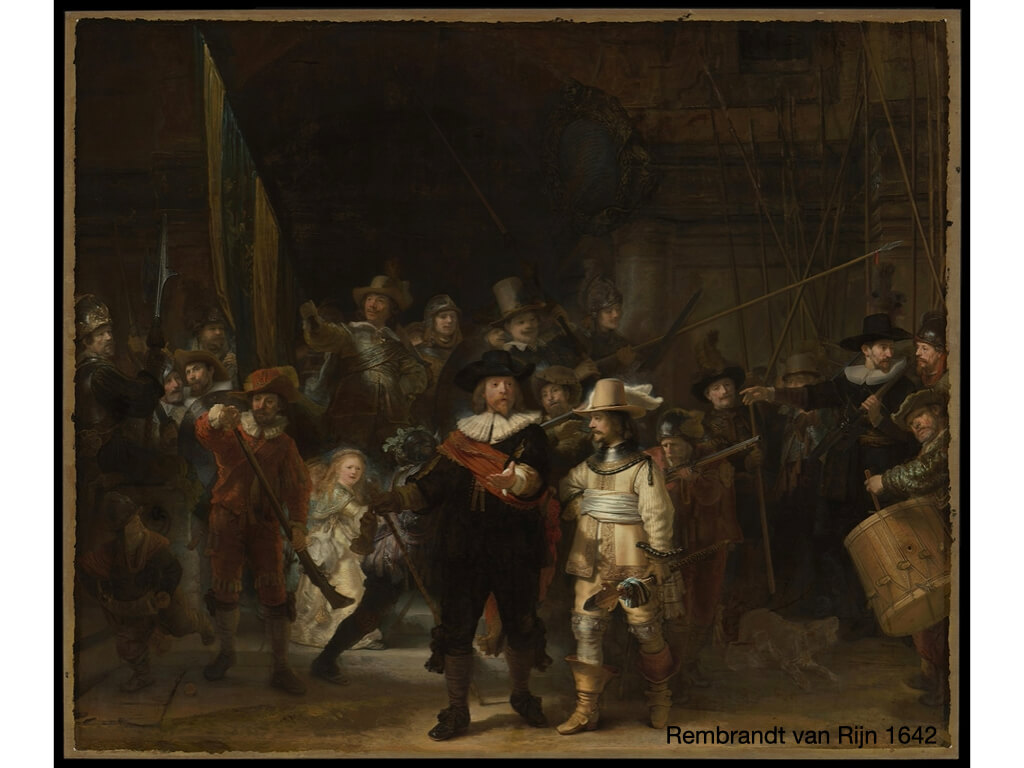
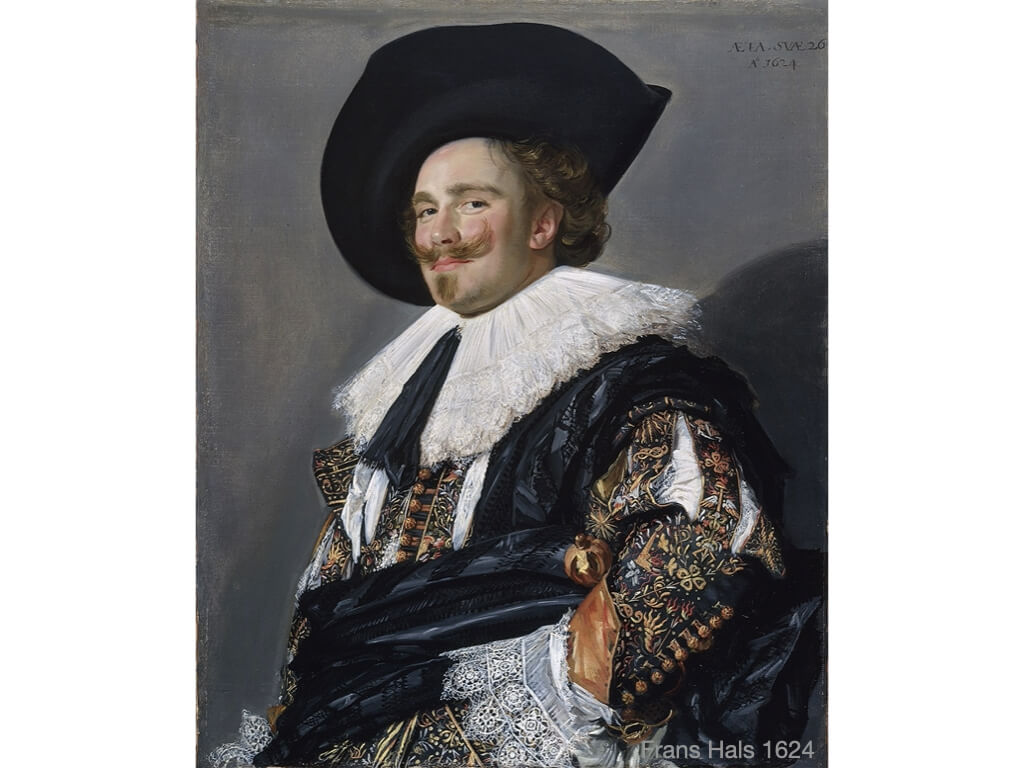
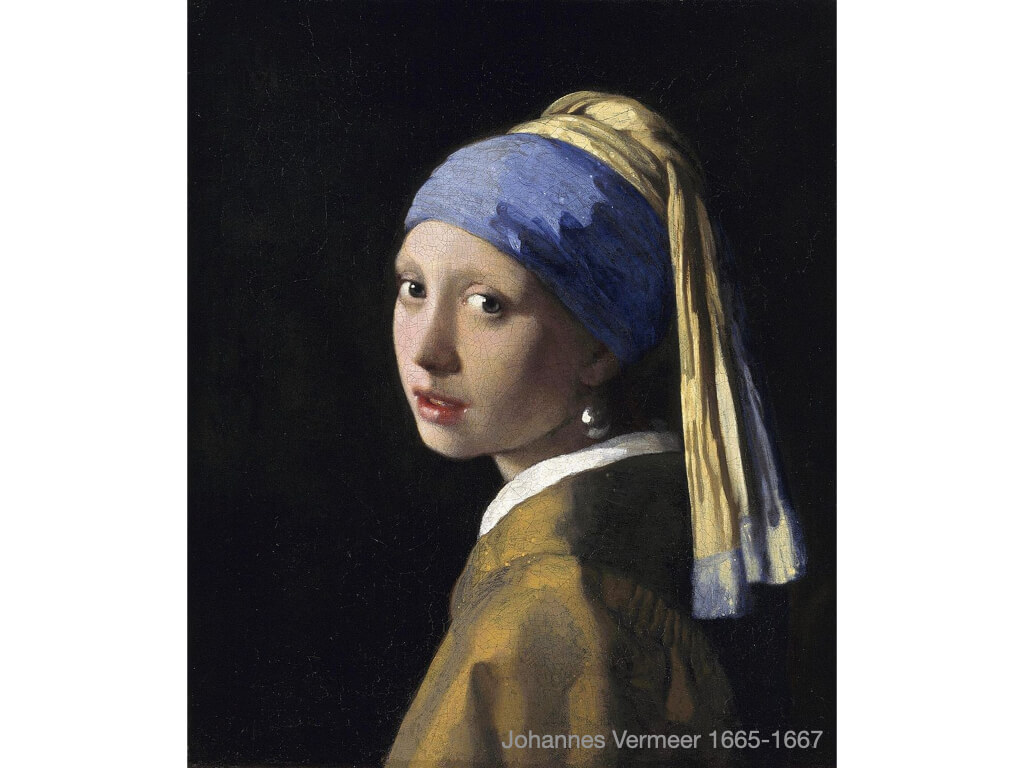
This wealth, however, came with a cost, we only now realise how high, impactful and shameful. Even though at times still referred to as the Golden Century, one nowadays realises that the enormous wealth came with a price, not so much for the Dutch, yet the more for the slaves they mainly shipped from Africa to South America.

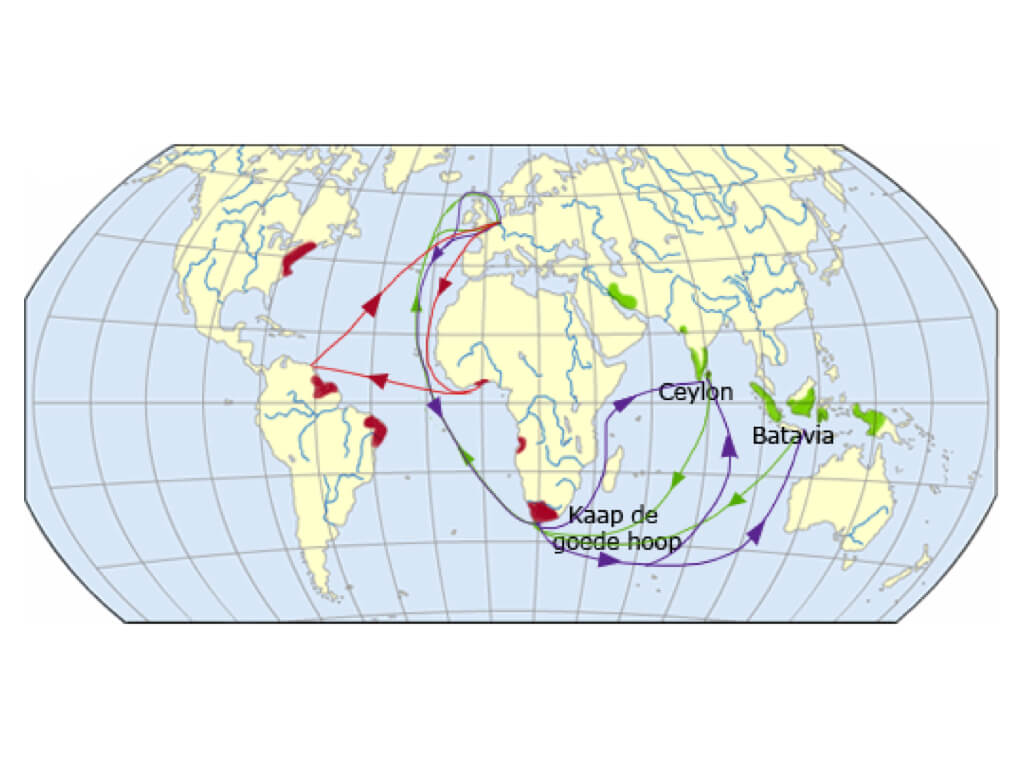
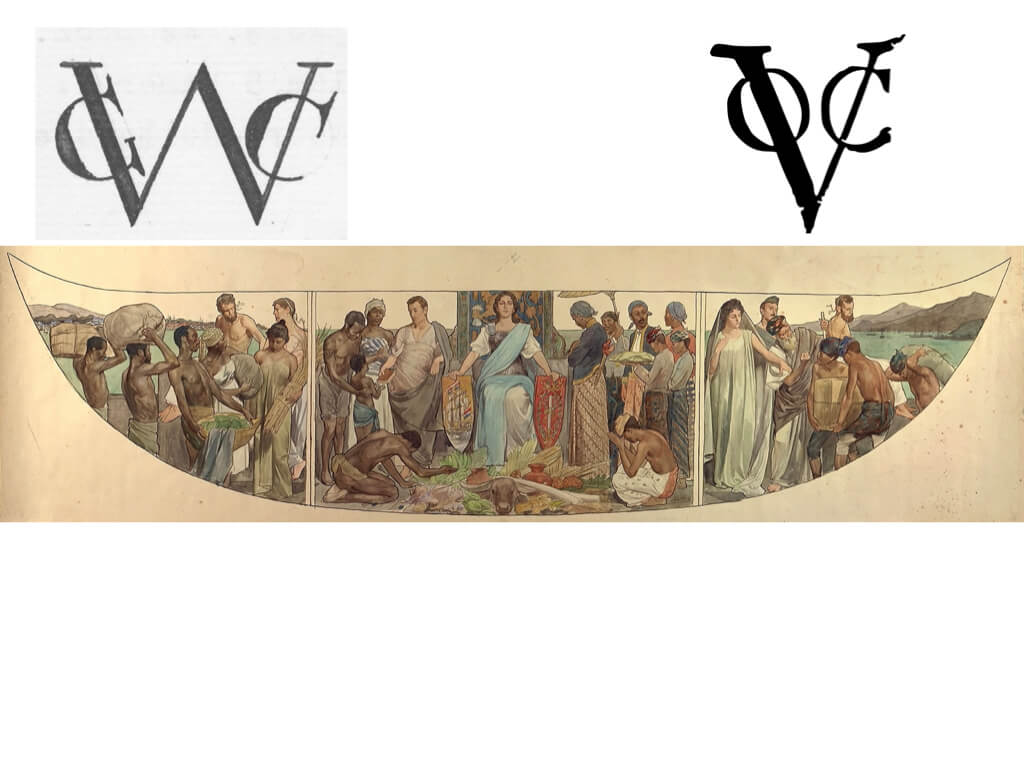
An extensive article in Dutch weekly magazine De Groene tells us a distant relative of king William of Orange, Johan Maurits van Nassau (1604-1679), plays an important role in the trading of slaves. Even though until recently Johan Maurits was praised for being an illuminated ruler and promotor of art, science and architecture, his reputation was two-faced. He realised that a large number of workers were required to keep the sugar plantations flourish and in 1637 he conquered a slave collection fort from the Portuguese, resulting in the start of large scale slave trading from Africa to South America.
Johan Maurits had taken the advice of a Portugese contemporary at heart, who remarked: ‘Without blacks no sugar’ and realised that “Without sugar […] no art, science, architecture, let alone richness and prestige” Groene. It cannot be a surprise that Amsterdam’s “Golden Century’, its growth, blossoming of trade, art, science and architecture must be directly related to the role of the Dutch tradesmen in the trading, exploitation and cruel treatment of slaves.
Fashion and the city
In the history of fashion, the origin of fashion design is often dated in 1826 and Charlers Frederik Worth is regarded the first fashion designer of the world since he started the tradition of fashion houses in Paris. This idea proves to have become problematic, since with situating the origin of fashion in Paris, one is not only regarding fashion a strictly western phenomenon, but also excluding non-western clothing from belonging to fashion.
Without acknowledging the fertile ground for institutional racism such an idea pertains, I am interested in Elizabeth Wilson’s contention (in Adorned in Dreams 1983/2003) that the expansion of trade and the growth of city life needs to be associated with fashionable developments in clothing. Wilson thus ties the origin of fashion(s) directly to the growth of a city and its trade. And this was precisely what happened in 17th century Amsterdam. We could therefor argue that fashion’s origin in the Netherlands happened also in and around the Waag.
The video above, even though situated in Vermeer’s Delft, brings together all the aspects mentioned above and confirms the idea of dress becoming an important signifier for wealth.
Concluding we can say that colonialism, worldwide trade and, terrible but true, above all slavery must be related to the wealth of the city of Amsterdam, its architecture, art and fashion, and as such also to the Clogmakers’ Tower (see ‘Space’). What is more, in this day and age we still exploit people and the planet, and, unfortunately, not in the least related to fashion. In my art-installation, I would like the viewer-participant to experience this inconvenient truth that we can’t seem to or simply won’t fix perhaps once again due to all the prosperity the current system brings.
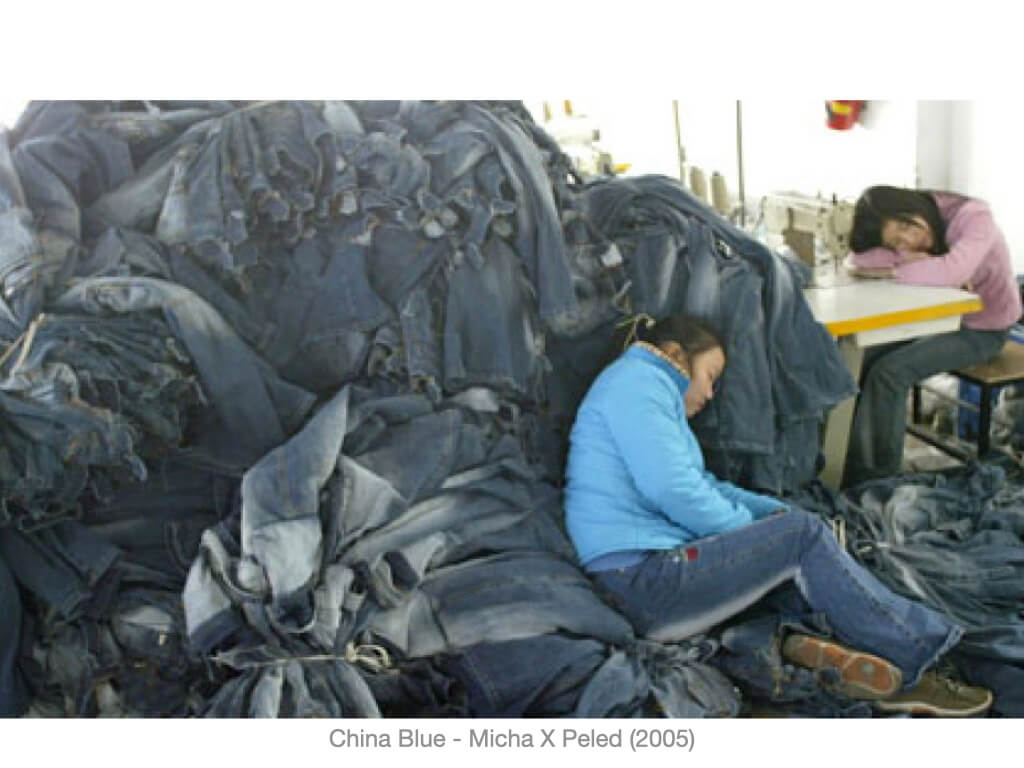
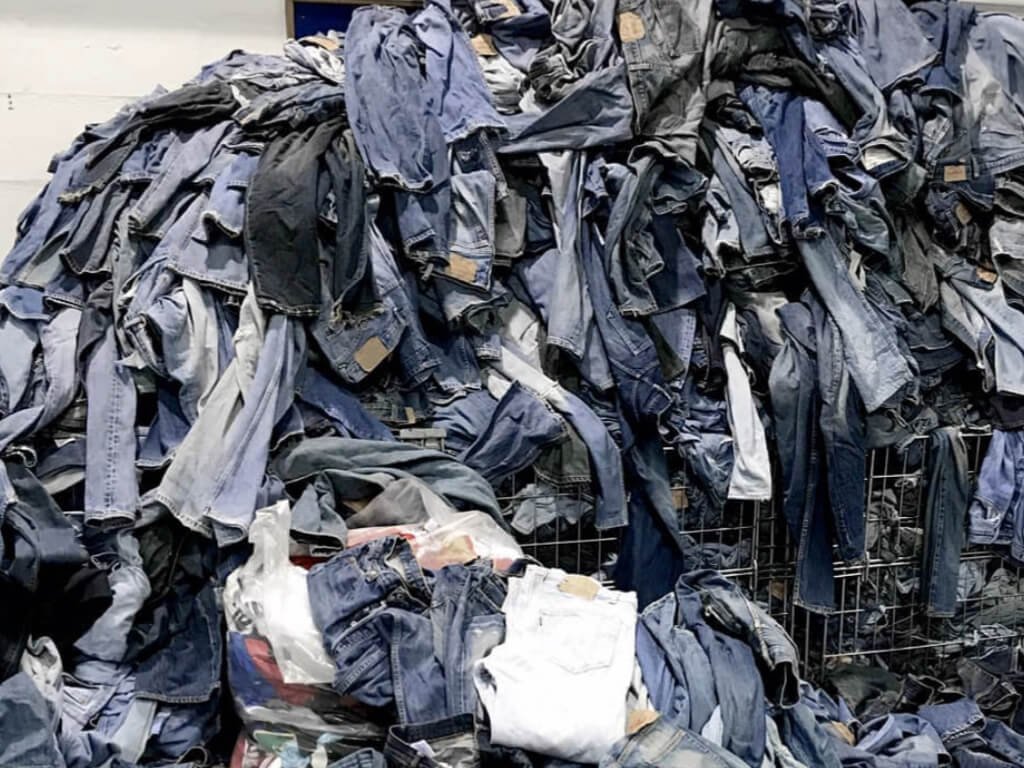
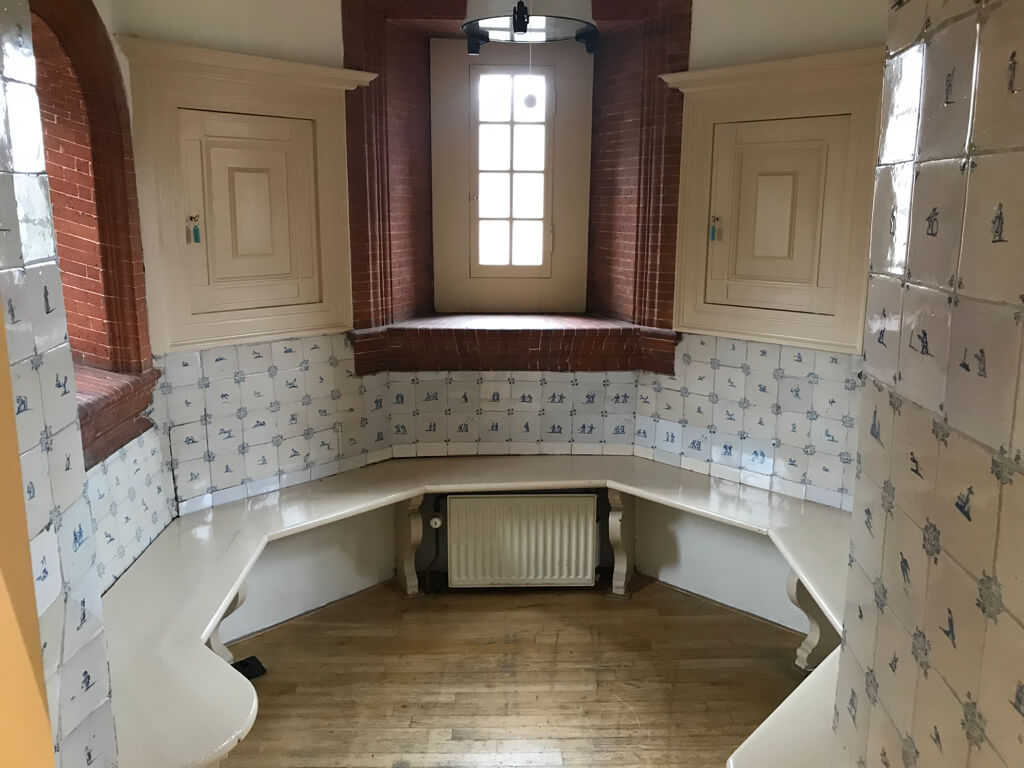
Inspiration¶
The primitive present is a rare, exceptional case. However, it influences all conscious experience, especially affective involvement by means of the vital drive, which is formed by the intertwinement of tendencies towards contraction [Engung] and expansion [Weitung] running counter to one another. A basic example is the felt intake of breath.
- Hermann Schmitz (2012)
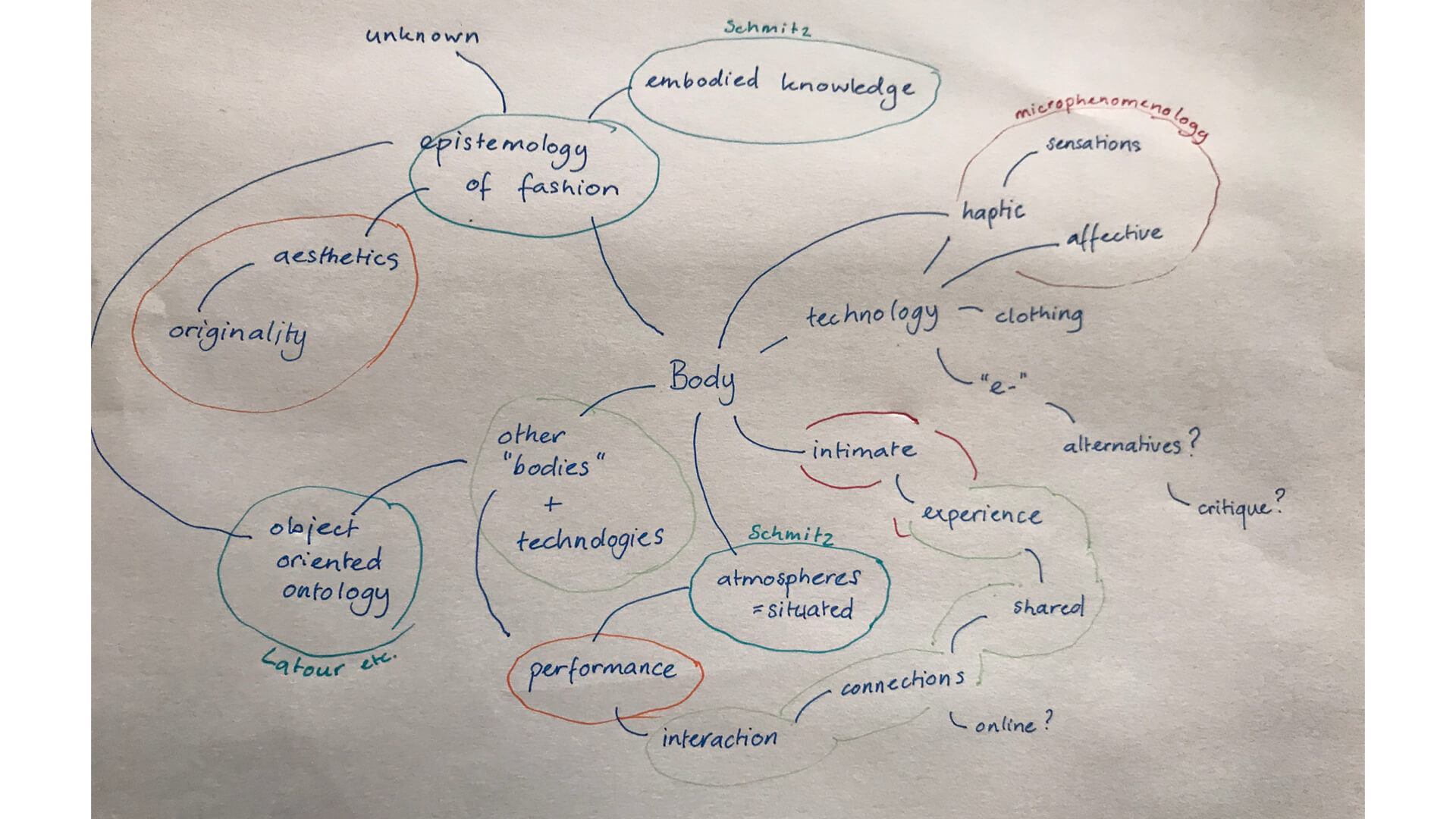
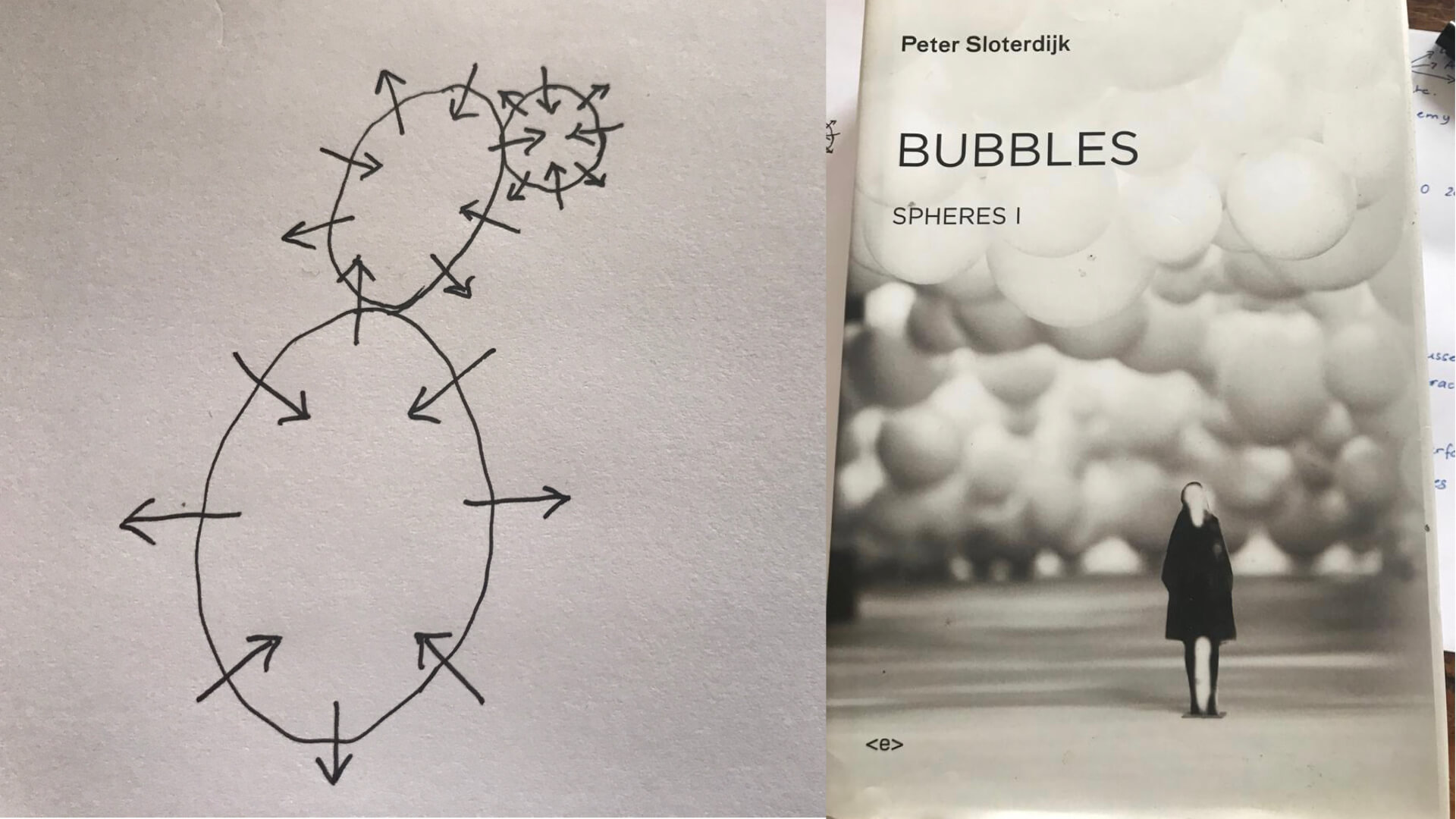
I like Peter Sloterdijk's idea of us living in bubbels. It also fits the idea of Hermann Schmitz's extended body.

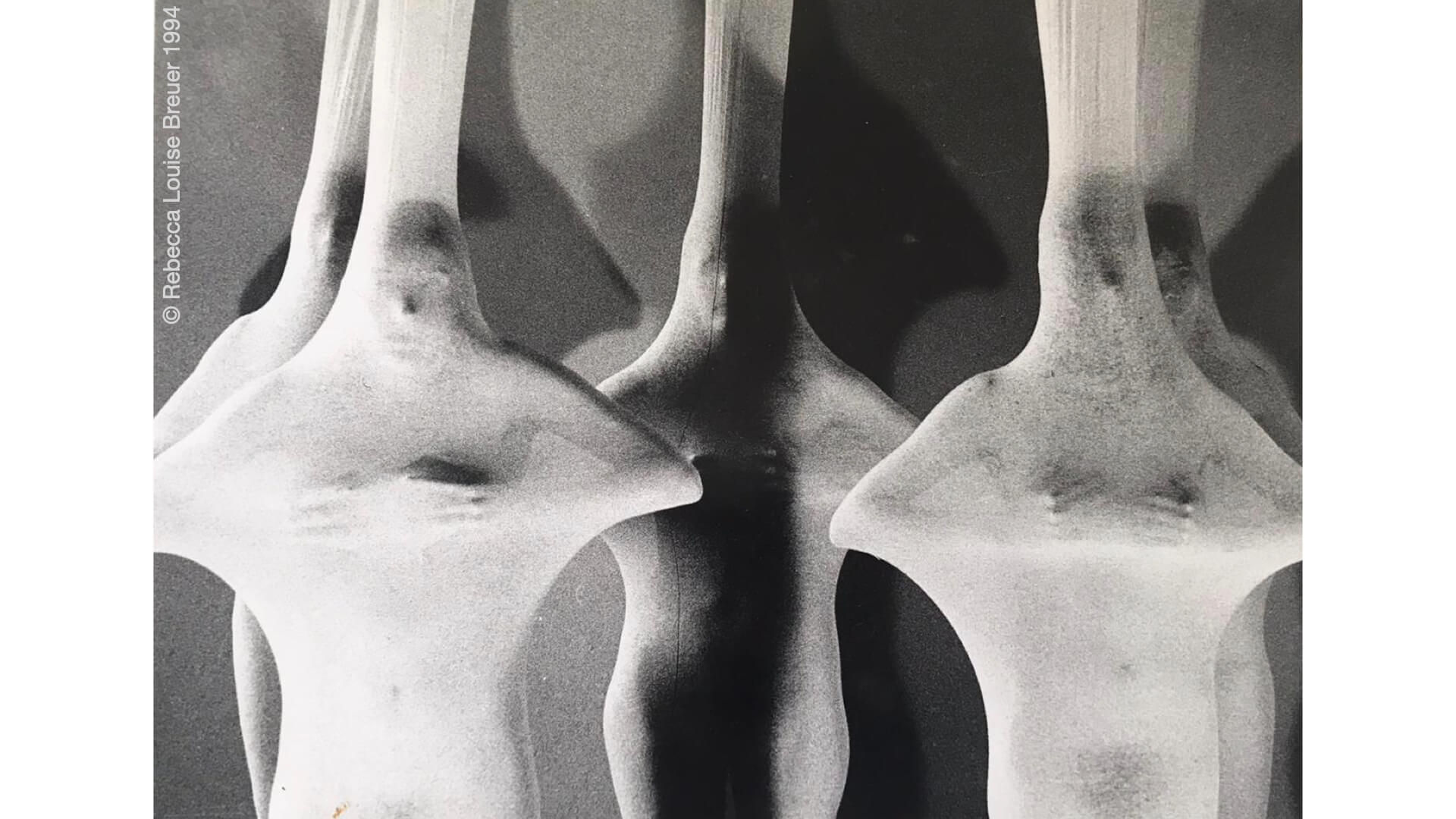
My 'last century' performance work.
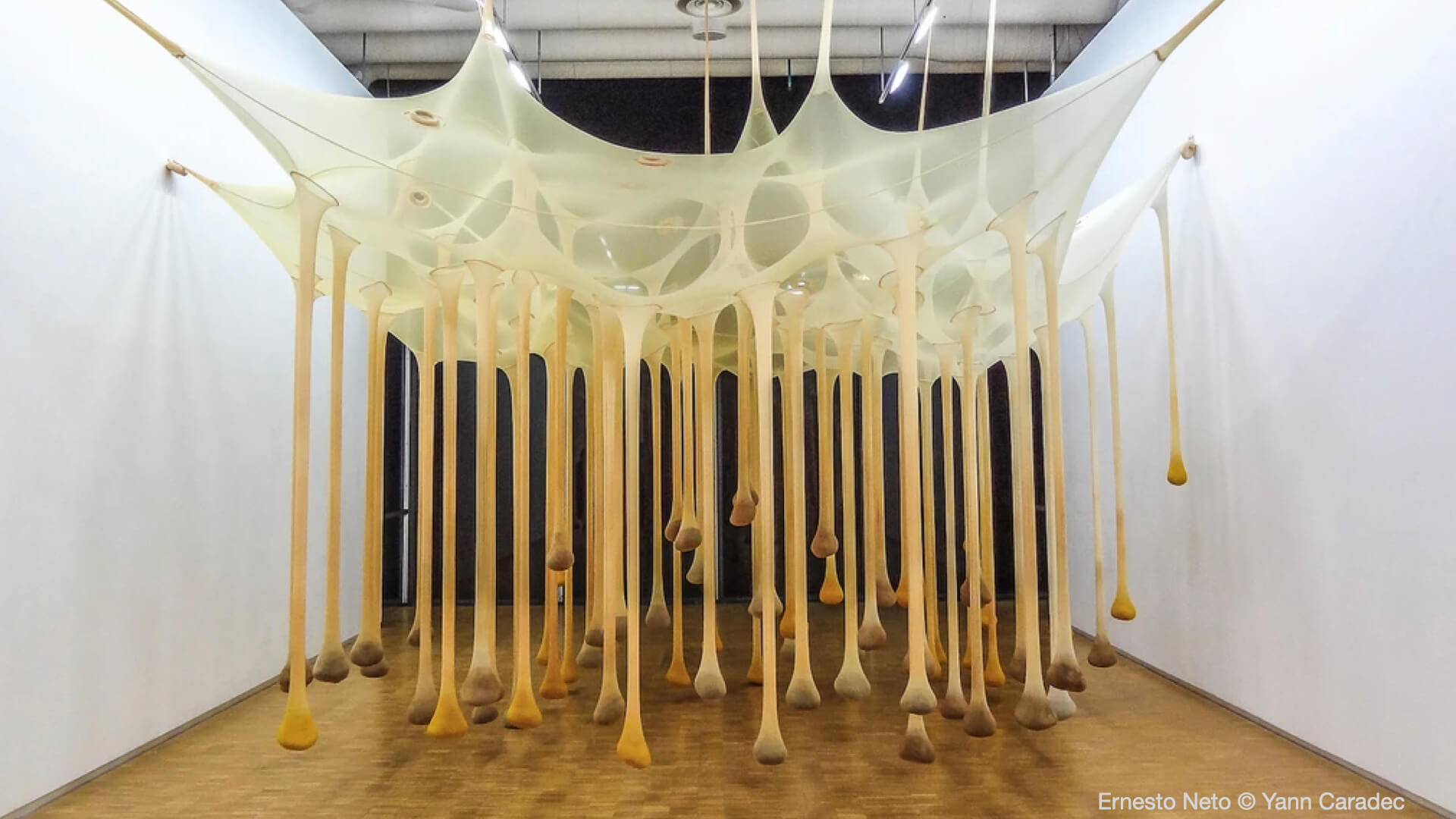
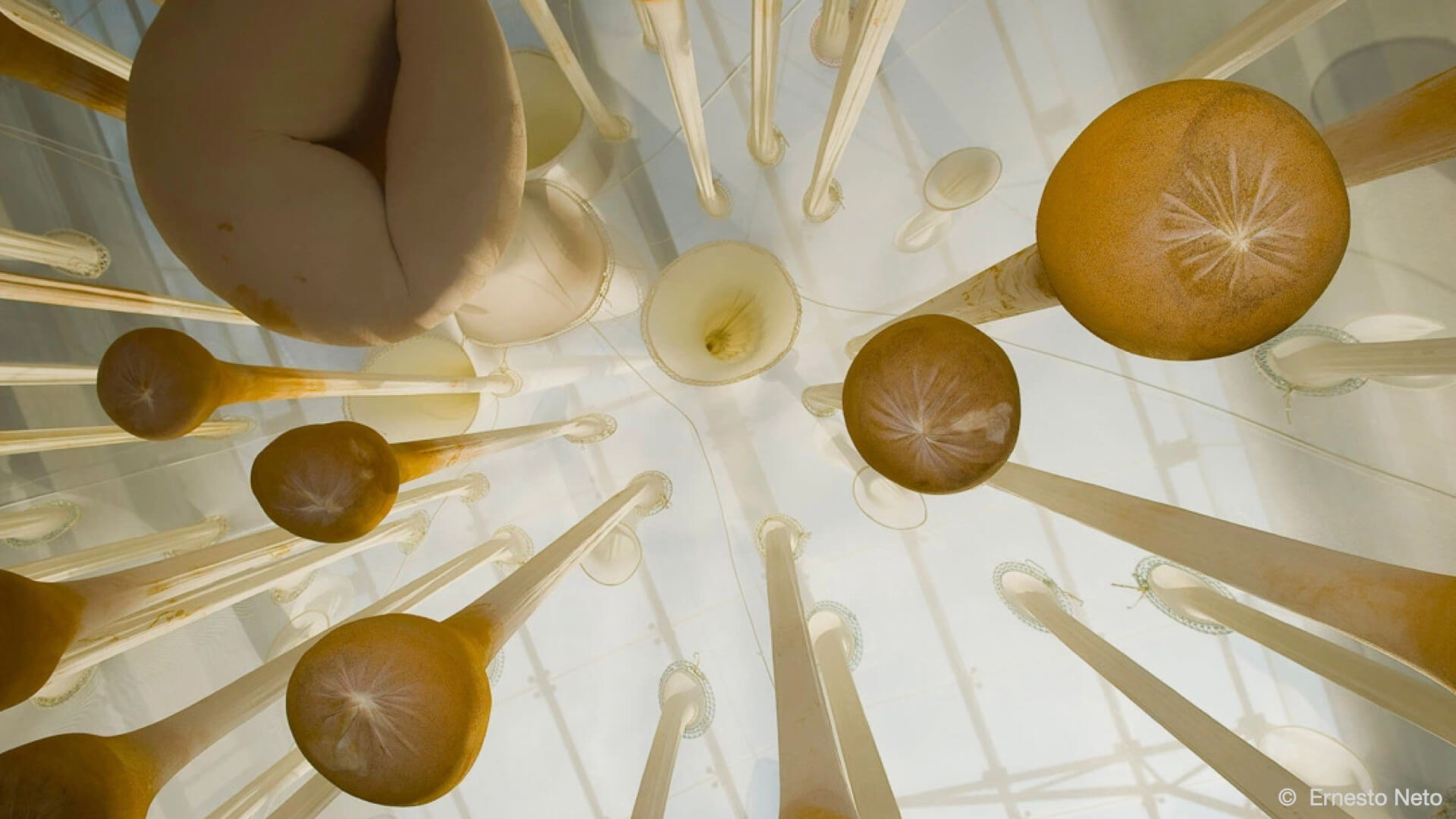
I like the verticality of this work and think it is inspiring.

© Jan van Leeuwen, Six Human Heads, Middelburg NL 1982. Collection Zeeuws Museum

© Yvonne Dröge Wendel, Black Ball 2000
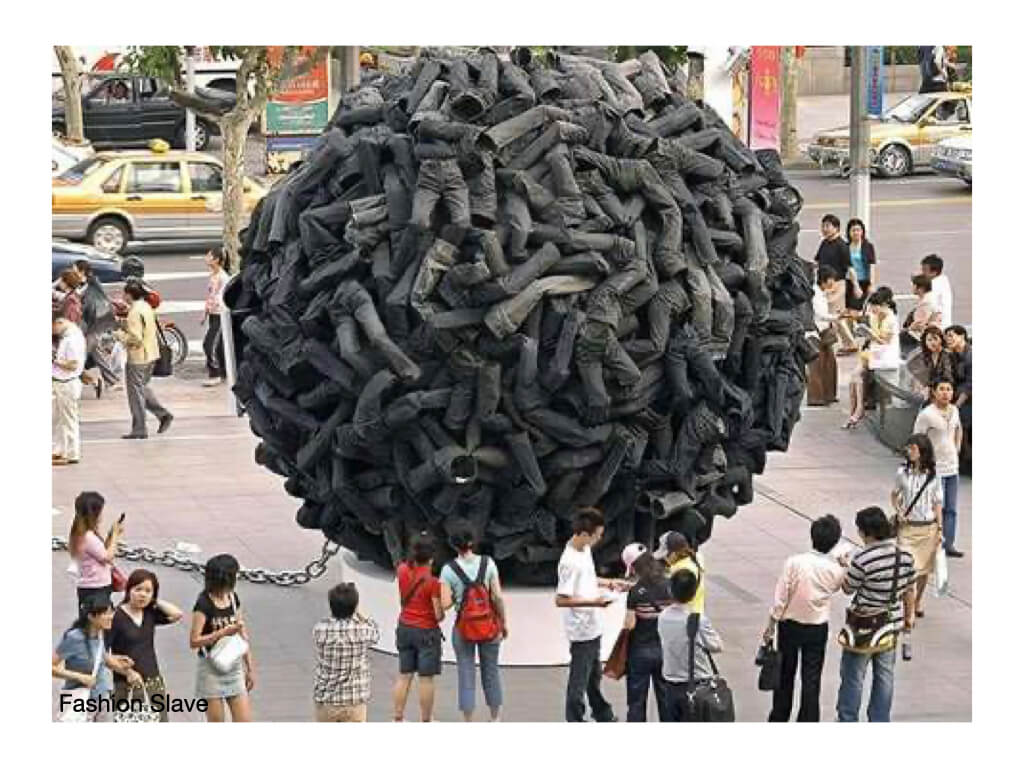
© People's Daily Online (China), Fashion Slave, Xiamen 2006
Useful links¶
Textielfabriek, a site I stumbled upon when looking for more information about indigo